Home > Company > Tire Safety > Choosing Tires > Replacement Guidance
The best way to know if it’s time to buy new tires for your vehicle is to have them inspected by a professional, but there are ways to check them yourself. To meet legal safety standards in the U.S., a tire’s tread needs to be at least 2/32” deep. If the tires do not meet the 2/32” standard or are approaching not meeting it, you should replace your tires. When replacing tires, it’s important to select the right tire size for your vehicle. Not sure what size you need? Learn more about determining tire size.
Tires should also be free of sidewall damage and irregular wear for optimal performance and safety. It’s also a good idea to learn what types of damage can be repaired vs. replaced so that you can safely extend the life of your tires.
You can evaluate your tires on your own through a visual inspection. Start with the tread — the part of the tire that contacts the road surface. Make sure the tire tread is deep enough and worn evenly all the way around without any irregularities. All DOT-regulated tires feature built-in treadwear indicators, commonly called “wear bars”, that will help you see when the tread is getting low. These indicators can be found in various places throughout the tread and will be even with the tread surface when the tread is worn to two-thirty seconds (2/32) of an inch. You should also examine each tire’s sidewall to ensure there is no visible damage.
You can also use the Penny Test to check your tire tread. This test can be performed in your own driveway in just a few minutes.
The idea of the penny test is to check whether you’ve hit the 2/32” threshold. Here’s how it works:
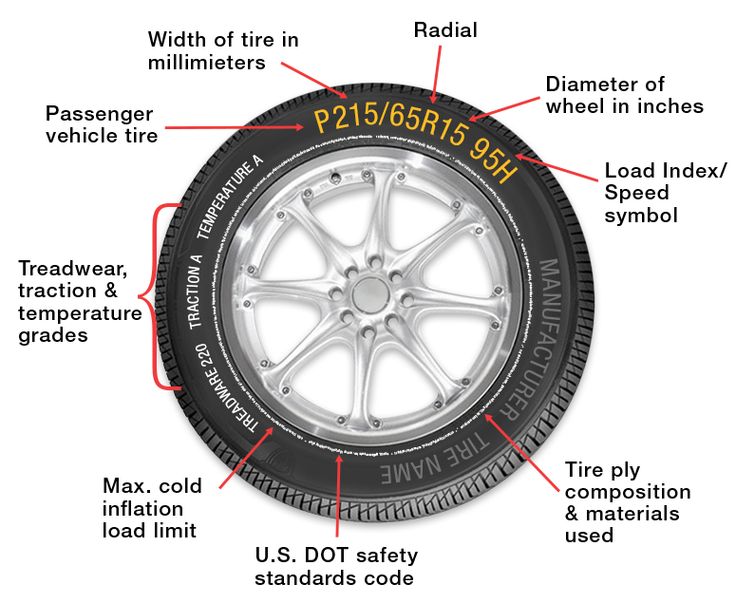
Check all four tires, especially in areas that look the most worn. If any parts of your tire fail the penny test, it may be time to replace the tire.
Consistent wear around the whole tire is normal. Uneven tread wear could be a sign of improper inflation, wheel misalignment, or a variety of other things. If you see uneven tread wear, you should have a technician inspect your vehicle.
If your tires pass these tests, you may not need to buy new tires just yet. It’s a good idea to reassess the tread every few thousand miles, or once a month, and even more often if you’re putting a lot of wear on your vehicle or driving long distances.
No matter how new your tire is, Bridgestone recommends checking inflation pressure every month and scheduling regular inspections with a pro. After five years, an inspection is essential to determine if a tire is still road-worthy.
After five years, an inspection is essential to determine if a tire is still road-worthy.
We recommend tires that were manufactured 10 years prior (or longer) be taken out of service and replaced with new tires. Same goes for the spare. If it’s 10 years old, it needs to be replaced, even if it appears new.
It’s important to note that the age of a tire is not the only indicator of whether it needs to be replaced. Many tires will need to be replaced before 10 years of age due to routine tread wear and other conditions such as punctures, impact damage, improper inflation, overloading and more. If a tire is worn out or otherwise unserviceable from damage or conditions of use, it should be replaced regardless of when it was produced or purchased.
Another common tire-buying question is if it’s necessary to replace all four tires at once.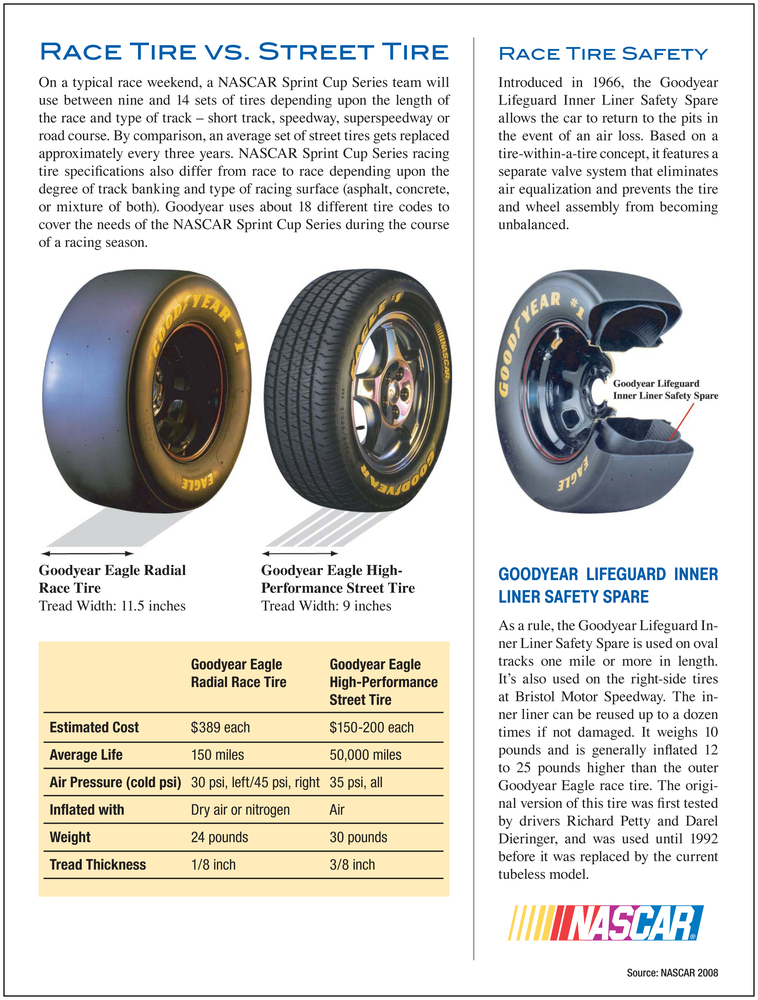 The simple answer is yes. It is recommended to replace all four at once because your tires are key to the performance and handling of your vehicle, it’s important for them to be as identical as possible. If your tires don’t match, one end of your vehicle may not be able to respond as quickly as the other, making it difficult to control. Your tires are what keep your vehicle connected to the road, so having an even surface is vital.
The simple answer is yes. It is recommended to replace all four at once because your tires are key to the performance and handling of your vehicle, it’s important for them to be as identical as possible. If your tires don’t match, one end of your vehicle may not be able to respond as quickly as the other, making it difficult to control. Your tires are what keep your vehicle connected to the road, so having an even surface is vital.
If you are in a situation where you will be replacing fewer than four tires, select tires that are similar to what is currently installed on your vehicle. If you are replacing just two tires, those two tires should only be installed on the rear axle. You should only consider tires that are within the same category as your existing ones.
If you have a vehicle that came equipped with a staggered fitment (different size tires on the front and back) then you should check your vehicle owner’s manual for replacement recommendations.
There are a lot of risks associated with buying used tires. Since you don’t know the history of the tires, it can be difficult to know if they’ve been previously run under inflated, overloaded or have other unseen internal damage which could lead to an unexpected failure. Used tires might also have uneven wear, which can cause noise, vibration or other problems and may need to be replaced much sooner than new tires. It is best to replace tires with new tires of the same category, size, load capacity and speed rating as recommended by your vehicle’s manufacturer.
Since you don’t know the history of the tires, it can be difficult to know if they’ve been previously run under inflated, overloaded or have other unseen internal damage which could lead to an unexpected failure. Used tires might also have uneven wear, which can cause noise, vibration or other problems and may need to be replaced much sooner than new tires. It is best to replace tires with new tires of the same category, size, load capacity and speed rating as recommended by your vehicle’s manufacturer.
When it comes to recalled tires, there is only one position to take. We do not want anyone driving on recalled tires. We are committed to replacing, free of charge, any Bridgestone or Firestone tire (or other brands warranted by Bridgestone) subject to a customer satisfaction, quality and/or safety recall, at any time. The easiest way for consumers to get answers to questions about recalled tires is to call 1-844-293-7514 or locate an authorized Bridgestone or Firestone dealer to examine the tires in question.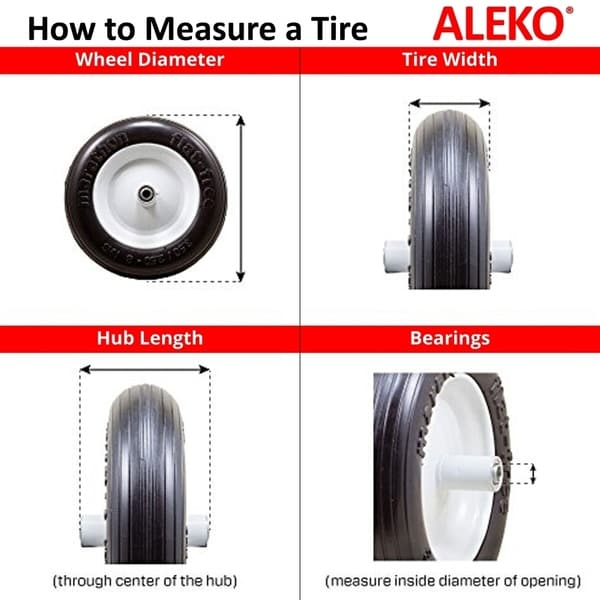 You can also check current tire recalls online at the National Highway Traffic Safety Administration site.
You can also check current tire recalls online at the National Highway Traffic Safety Administration site.
There’s no reason to guess. Talk to a tire dealer or other authorized professional so you can make certain you’re choosing the best tire option for your vehicle. Find out if tire rotation and balancing are included with your new tires. If they are not, see if you can bundle the maintenance service. Ask the dealer to outline the manufacturer’s warranty and replacement options to make certain your new investment is protected in the long run, and inquire about any specials they may be offering. With these tire-buying tips and some trusted ratings in hand, you should be able to confidently pick out new tires.
Bridgestone consistently strives to connect with drivers through our stores, dealers and media campaigns to raise awareness and educate consumers on safe driving and tire safety. We encourage all consumers to learn all they can about tire safety and why it's important to have their tires, including the spare tire, regularly inspected by a qualified professional.
We encourage all consumers to learn all they can about tire safety and why it's important to have their tires, including the spare tire, regularly inspected by a qualified professional.
Position on Recall Awareness and Tire Age
Bridgestone Americas, Inc.
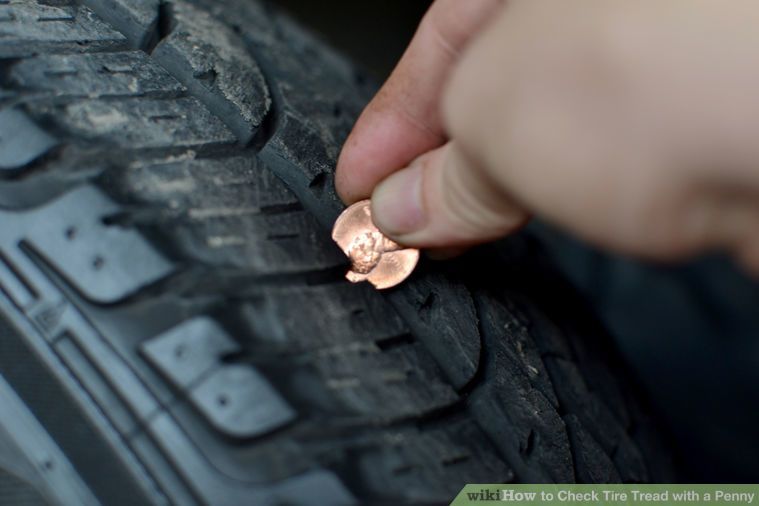 bridgestoneamericas.com/safety.com to learn about tire safety and why it’s important to have their tires, including the spare tire, regularly inspected by a qualified professional.
bridgestoneamericas.com/safety.com to learn about tire safety and why it’s important to have their tires, including the spare tire, regularly inspected by a qualified professional.Learn about our mission, our achievements, and our ongoing commitments
Read Our Origin Story
When it comes to checking tire tread, there are a number of methods that can help you know if it’s time to replace a tire.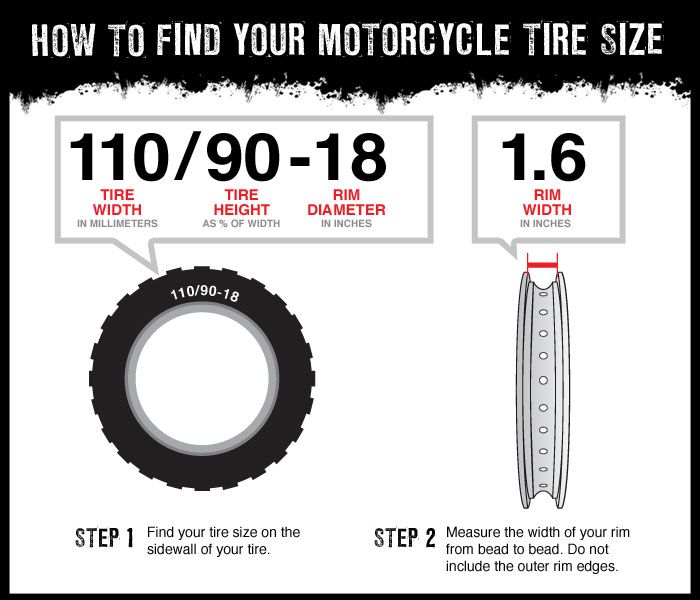 Heavily worn tread will prevent a tire from performing as designed and can lead to unsafe driving conditions. One of the simplest, most common ways to check tread depth requires nothing more than a penny and a few moments of your time.
Heavily worn tread will prevent a tire from performing as designed and can lead to unsafe driving conditions. One of the simplest, most common ways to check tread depth requires nothing more than a penny and a few moments of your time.
In the United States, tire tread depth is measured in 32nds of an inch. New tires typically come with 10/32” or 11/32” tread depths, and some truck, SUV and winter tires may have deeper tread depths than other models. The U.S. Department of Transportation recommends replacing tires when they reach 2/32”, and many states legally require tires to be replaced at this depth.
The idea of the penny test is to check whether you’ve hit the 2/32” threshold. Here’s how it works:
Place a penny between the tread ribs on your tire. A “rib” refers to the raised portion of tread that spans the circumference of your tire. Tire tread is composed of several ribs.
Turn the penny so that Lincoln’s head points down into the tread.
See if the top of his head disappears between the ribs. If it does, your tread is still above 2/32” , If you can see his entire head, it may be time to replace the tire because your tread is no longer deep enough.
When performing the penny tire test, remember not only to check each tire, but to check various places around each tire. Pay special attention to areas that look the most worn. Even if parts of your tread are deeper than 2/32”, you should still replace the tire when any areas fail the penny test.
Consistent wear around the whole tire is normal, but uneven tread wear could be a sign of improper inflation, wheel misalignment, or a variety of other things. If you see uneven tread wear, you should have a technician inspect your vehicle.
A simple way to check your tire tread depth is by using a tread depth gauge. You can find tire tread depth gauges at your local auto parts store. There are many models available, but an inexpensive simple graduated probe gauge will work just fine. All you have to do is stick the probe into a groove in the tread and press the shoulders of the probe flat against the tread block and read the result. All gauges should measure in both 32nds of an inch and millimeters.
All you have to do is stick the probe into a groove in the tread and press the shoulders of the probe flat against the tread block and read the result. All gauges should measure in both 32nds of an inch and millimeters.
Another indicator of worn out tread already lives in your tires themselves. Every performance, light truck, or medium commercial tire comes equipped with indicator bars (or wear bars) embedded between the tread ribs at 2/32”. They’re there to help you monitor tread depth and make decisions about tire replacement. Just look to see if the tread is flush with the indicator bars. If they are, it’s time to replace the tire.
While the penny tire test does deliver on what it promises – indicating whether tread has reached the legal limit – it may not be the best indicator of whether your tires are safe for the road. Tire performance can diminish significantly before your tread hits 2/32”. Even though the law deems fit for safe driving may not prevent you from hydroplaning or losing control in rainy, slushy conditions. If you think your tires may be close to needing replacement, have them checked out by a licensed mechanic.
If you think your tires may be close to needing replacement, have them checked out by a licensed mechanic.
The tire tread is the outer part of the wheel that provides traction in all weather conditions. The protectors inevitably wear out during the operation of the car, the working height of the slope decreases. The residual tread depth should be periodically monitored and the set of tires should be renewed in time - this will reduce the risk of losing control of the car and save the car owner from fines from the traffic police.
Tread wear rate depends on many factors:
Measuring the thickness of the tread layer will allow you to accurately determine the degree of tire wear and make a decision in time to replace them with new ones.
Different tires have different wear limits. Tread depth affects vehicle handling and road safety.
| According to Chapter 5 of the SDA, limiting norms for the height of the tread pattern have been established. |
Let us explain what categories of vehicles we are talking about:
N1 - vehicles intended for the carriage of goods, having a technically permissible maximum mass of not more than 3.5 tons;
O1 - trailers, the technically permissible maximum mass of which is not more than 0.75 tons;
O2 - trailers, the technically permissible maximum weight of which is over 0.75 tons, but not more than 3.5 tons.
The traffic police officer has the right to measure the residual depth with a verified device. In case of a recorded violation, a fine is imposed on the car owner.
The new summer tire has an average tread depth of 7-8 mm. The service life of summer tires is usually 3-5 seasons with average mileage and moderate driving style.
| Residual height limitation by law is 1.6 mm. However, with a remaining outer layer of 3 mm, the machine is already difficult to control, grip deteriorates, and a safety hazard arises. |
Do not wait until the critical value is reached. Make sure you change tires in advance.
Winter tires are used in severe weather conditions: low temperatures, icy conditions, on snowy road surfaces. Worn elements make the tire ineffective on slippery winter roads. Accordingly, a more serious approach to the condition of the tire tread is needed.
Non-studded friction tire (velcro) with tread depth 8-9mm. A new studded model - from 9 to 11 mm, some firms produce a tread with a height of 12-18 mm.
| If the tread wear is up to 4-5 mm, the winter set of tires needs to be replaced. In addition, the loss of more than 50% of the metal spikes is also a reason to change the car's shoes. |
The average life of winter tires is 2-4 years.
Universal all-weather is used in a temperate climate both in winter and in summer, it is optimal at temperatures from +10 to -10˚C. This type of tire is not suitable for use in snowfall or severe frosts. SDA allows the use of all-season tires in the winter if there is a special marking:
| All-season tires last 3-4 years on average. In summer, at high temperatures, all-weather tires wear out much faster. It is recommended to buy new tires when the tread layer is abraded to a value of 2-2.5 mm. |
You can estimate the remaining tread layer in various ways:
On some tire models there are special volumetric indicators in the form of jumpers. Check: if the tread layer is worn down to the level of the jumpers, the tire is not suitable for further use.
On the surface of certain types of tires, manufacturers knock out numbers of various depths. Depreciation is assessed visually - by the visibility of individual numbers.
With the help of measuring instruments: from a metal ruler, caliper, depth gauge to an electronic tread depth gauge.
Many motorists measure the remaining tread depth with a coin. Warning: this method of measurement is not accurate. It will not show you actual tire wear figures.
Tire tread height should be measured at least at 6 different points, preferably at 9 or even 12: in the center and from both edges of the tread, at different points around the circumference of the tire. The measurement results at all specified points must match. If they do not match, then the tire wears unevenly. The driver should find out why this is happening. Some causes of uneven tire wear are low or high pressure in them relative to the regular one, suspension failure, extreme driving style.
Old tires have become unusable, the amount of tread remaining is approaching a critical line - no need to take risks, it's time to change your car's shoes. There is a great temptation to get by with small financial costs and purchase a set of used tires. Be careful!
Sellers advertise used tires as good or excellent condition. Do not be too lazy to personally measure the height of the tread layer. And remember: for winter tires, a residual tread depth of 4 mm is already 100% wear.
When buying used tires with tires, it is important to remember that tires from different manufacturers and seasons initially have different tread heights (when they are new). And most importantly: the tires have, accordingly, different wear limits - the tread depth at which the tire begins to lose important characteristics. These differences are most noticeable in winter and summer tires. Keep these points in mind when measuring the remaining tread depth of used tires.
The quality of domestic roads, unfortunately, does not allow tires to be used for 7–10 years.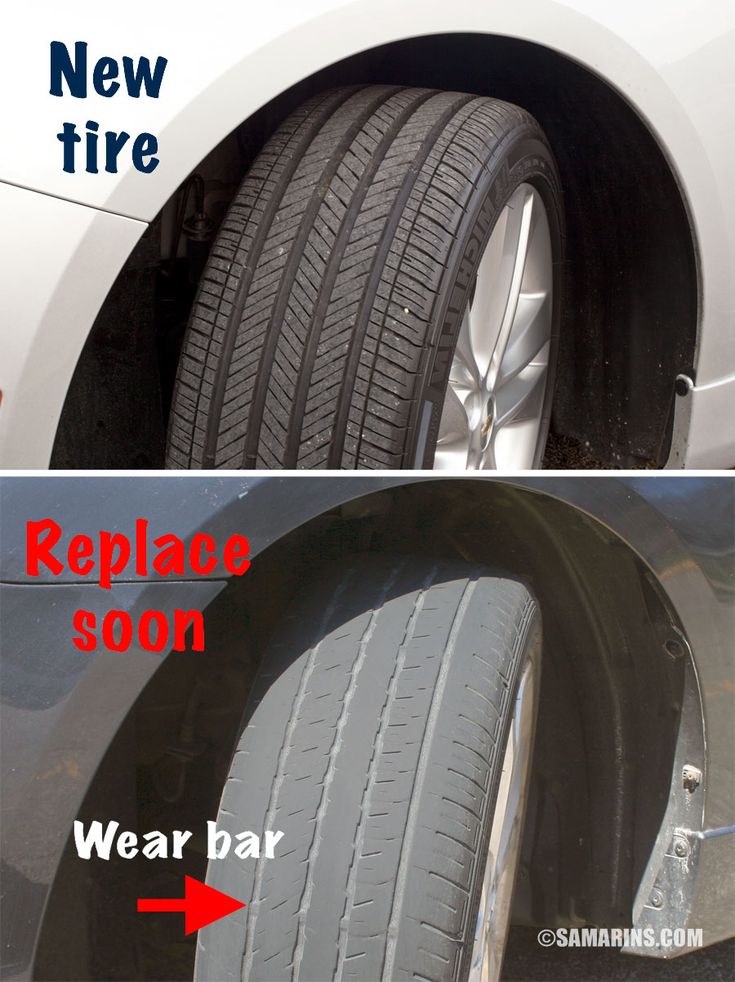 If you still decide to buy a used kit, check the year of manufacture - it is better not to consider tires older than 8 years.
If you still decide to buy a used kit, check the year of manufacture - it is better not to consider tires older than 8 years.
there is no guarantee for tires bought from hands;
the seller can cheat - for example, offer tires from different manufacturers in one set. Some especially enterprising salesmen even cut the tread on the worn rubber, as if the tires had not yet worn out;
you will have to spend a lot of time picking up tires from private sellers - much of what is put up for sale is only suitable for recycling;
Products may have hidden or visible defects. Visible are punctures, tears, cuts. A tire with a lot of damage can collapse in motion. Hidden defects include damage to the cord, which most often occurs after punctures or a strong blow. A car with such a malfunction may wiggle on the road, and it will be unstable;
the goods were stored in the wrong conditions, for example, under direct sunlight - this reduces the life of the tires and they will quickly become unusable, even if the residual tread depth is ideal;
it is not always possible to carry out a tire fitting in the presence of the seller, you will have to check the kit yourself after payment.
Without a specialist, there is a risk of buying tires that you cannot use. Don't skimp on safety. Purchasing a new set of tires will require more investment, but will pay off with a long period of trouble-free operation.
The maximum permissible residual tread depth for a passenger car is 1.6 mm in summer and 4 mm in winter.
SDA strictly regulate the residual height of the tread pattern. Violation of traffic rules is a reason for drawing up an administrative protocol.
For your own safety, replace worn tires on time. Better for new ones.
It doesn't matter if it's summer, winter or all-season tires: tread depth is extremely important. To confirm this statement and determine what the minimum tread depth is, ADAC experts tested winter tires in size 185/60 R14 in new condition and with different tread depths.
It is a well-known standard that the minimum tread depth for passenger car tires in Europe is fixed at 1.6 mm to ensure road safety.
But ADAC's extensive testing has proven that the legally defined profile depth limit only describes the margin of safety. For summer tires, the profile must have a depth of at least three millimeters, and at least four millimeters for winter and all-season tires. Less depth will be critical on wet roads, snow or slush.
The legal situation is clear: when your car tires (usually eight to nine millimeters tread depth when purchased) have worn down to the minimum allowable mark of 1.6 mm, they become more unusable and must be replaced.
However, in some European countries, such as Austria, winter tires with a tread depth of less than four millimeters are considered summer tires and are even allowed to be driven on some routes in winter.
Check the tire tread depth several times a year for your own safety, and remember that the minimum tread depth of 1.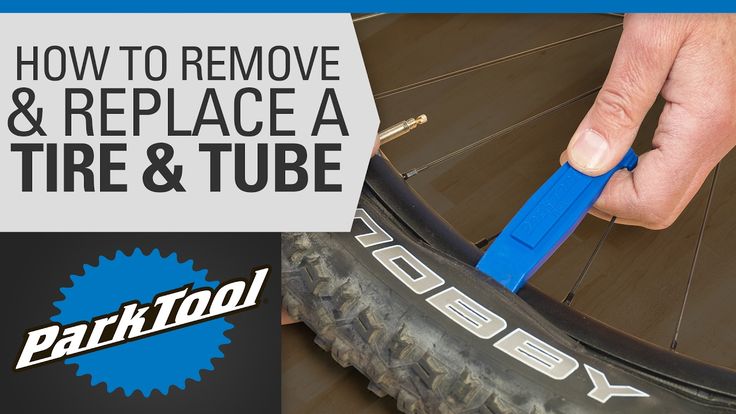 6 mm is strictly legal. For safe driving, tires should be changed from a tread depth of 3 or 4 mm.
6 mm is strictly legal. For safe driving, tires should be changed from a tread depth of 3 or 4 mm.
In order to find out what effect small tire tread depth has on tire performance, the ADAC test team tested 185/60 R14 winter tires in new condition (profile depth approx. 7.5 and 4 mm tread depth.
On snow, the differences between new and used tires were most pronounced. The braking distance of tires with a profile depth of 4 mm was already 3.2 meters longer at a speed of 30 km/h than with new tires.
Even more dramatic were the differences in traction when the tires needed good grip at launch or on inclines. The traction force depends on the depth of the sipes: the tread grooves "capture" loose snow, and the edges of the sipes adhere to a harder surface.
Here, even the 7.5mm residual tread option is only able to gain 60% of the traction compared to the new tire, notes a Shina.Guide technician. Tires with a tread depth of 4 mm do not even reach half the result of new winter tires.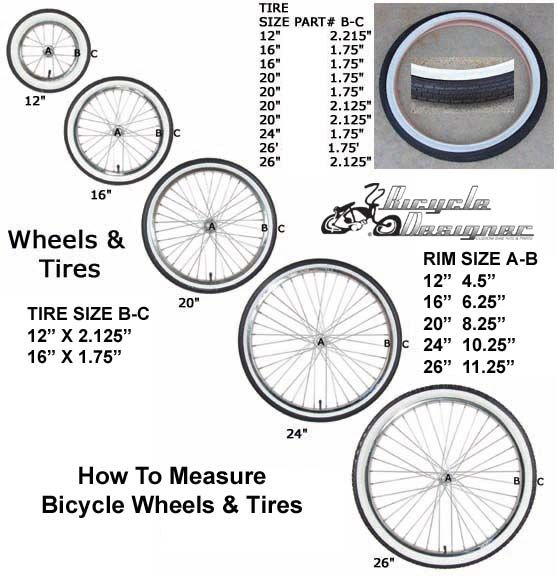 What can we say about tires with a legally fixed minimum tread depth of 1.6 mm, which simply have nothing to row snow with.
What can we say about tires with a legally fixed minimum tread depth of 1.6 mm, which simply have nothing to row snow with.
During the test, the ADAC testers tried, among other things, to evaluate the traction of summer tires on snow, but the most they could show was a quarter of the traction of a new winter tire and more than 7.5 meters of additional braking distance at a speed of 30 km/h .
On wet pavement, it is important to avoid sudden hydroplaning, which means that tires with longitudinal grooves and sipes should absorb and displace as much water as possible.
Tires worn down to 4 mm begin to “float” on the water already at a speed of 63 km/h, while new winter tires do not until the moment when the speedometer needle reaches 87 km/h.
In braking performance from 80 km/h on wet road surfaces, tires with a profile depth of 4 mm lose 7% of the braking distance to the new ones.
The difference in stopping distance between new and worn winter tires on dry pavement is also present.